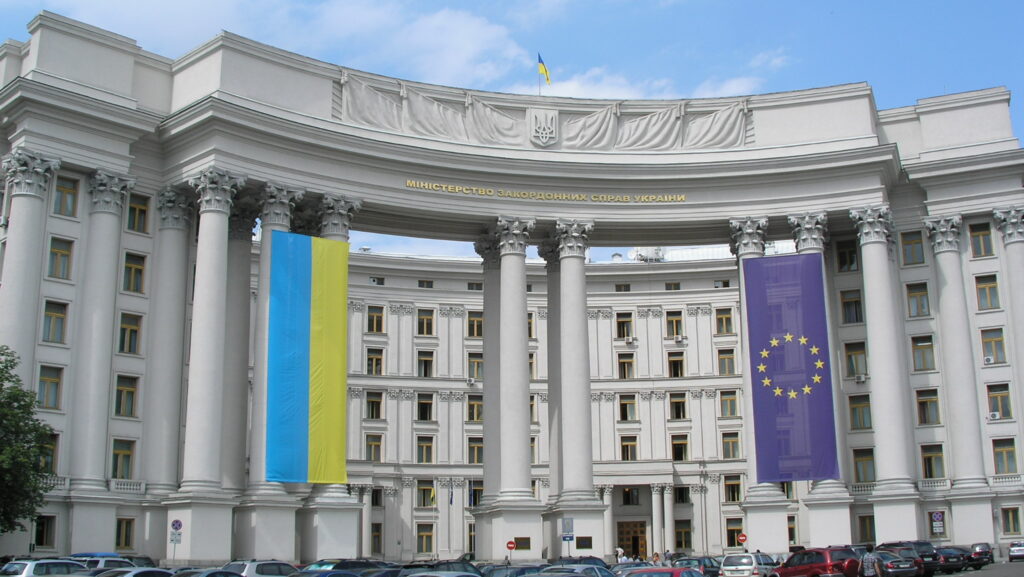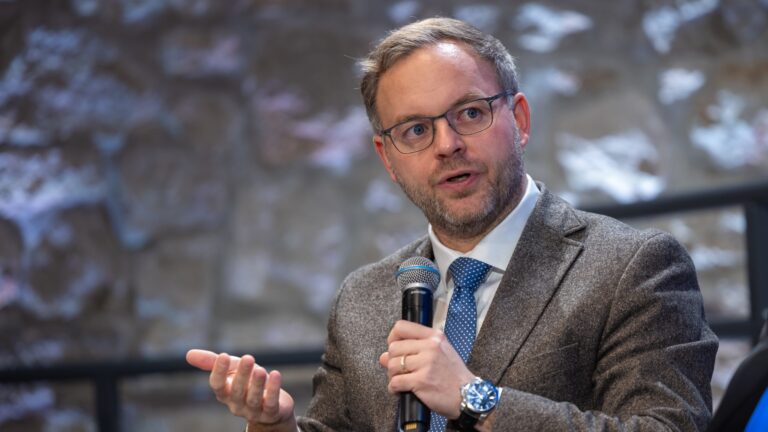Since the war in Ukraine broke out, most EU states have struggled to live up to the demands of their economy and their people. Hungary is not exempt from the troubles caused by the conflict, however, the way they are handled by the Orbán government is somewhat different from that of other European countries.
Inflation
While inflation rates are climbing steadily throughout Europe, Hungary still fairs well compared to its neighbours. Some years ago Slovakia decided to introduce the Euro as its currency, hoping that it would curb inflation in the country. Many still insist that inflation rates are lower in those EU countries that have the Euro. However, according to statistics published in July, this proved to be a misconception. Data show that in Slovakia and Sweden inflation is significantly higher than in Hungary.
The euro area annual inflation rate was 8.6 per cent in June 2022, up from 8.1 per cent in May. A year earlier, the rate was 1.9 per cent. European Union annual inflation stood at 9.6 per cent in June 2022, up from 8.8 per cent in May, while Slovakia reported a staggering 13.2 per cent. As soon as the European Central Bank announced that they are planning to raise interest rates, inflation in EU states accelerated. The announcement also contributed to the worrying fact that at one point, the euro took a dip against the dollar, reaching parity. While the bank is attempting to curb inflation by raising interest rates, the repercussions of that move result in the slowing down of economies throughout Europe.
The euro area annual inflation rate was 8.6 per cent in June 2022, up from 8.1 per cent in May
In the Baltic countries, inflation has already exceeded 20 per cent. The Slovak rate is significantly higher than that of Hungary, which is 11.7 per cent. The Central European region altogether has been reporting high numbers. The Czech figure is 17.2 per cent, while Poland and Romania have reported 15.6 and 15.05 per cent respectively. These statistical data prove that while inflation is not avoidable in any European country, the measures taken by the government and the Hungarian National Bank are helping Hungary to curb inflation rates.
Unemployment Rates
The seasonally adjusted unemployment rate for the euro area in June 2022 was 6.6 per cent, which was constant compared to May 2022 and decreased from 7.9 per cent in June 2021. In June 2022, the unemployment rate in the EU was 6.0 per cent, which was likewise unchanged from May 2022 and a decrease from 7.2 per cent in June 2021. according to Eurostat. While unemployment decreased during the year, comparing the numbers published by Eurostat to the numbers in Hungary is worth the time. According to data published by the Hungarian Central Statistical Office (KSH), the unemployment rate in Hungary was merely 3.3% in June, halving the number of the EU average. These statistics show that in the country, only 160 thousand people were unemployed in June.
GDP Growth
According to data published in May, the GDP of Hungary came in fourth in the EU ranking. Hungarian economy grew by 8 per cent in the first quarter, with only Portugal, Poland and Austria having recorded a higher number. The most important drive of growth was consumer spending. With unemployment at a record low and the minimum wage having been raised at the beginning of the year, households were able to spend more. Another factor that contributed to increased spending was government aid to homeowners and families.
Measures against the Crisis
While Europe is being ravaged by the consequences of the war, Hungary continues to stand its ground firmly. While utility prices skyrocketed in Europe, data published by Eurostat in June showed that the cost of living in Hungary is one of the lowest in the Union. Since the current government took office, the number of Hungarian households that spend more than 40 per cent of their income on utilities has been reduced by half. Hungary now boasts one of the lowest costs of living in the entire European Union. Inflation brought on by the conflict in Ukraine is hurting the economies of all nations, but Hungary’s utility prices and loan interest rates have so far been unscathed. The position of households in Hungary has in fact dramatically improved. Increasingly fewer people have trouble keeping up with living expenses.
Gas shortages have also started to cause major issues in the European region, however, Hungary still has stable reserves. Although even the Hungarian government had to implement changes in terms of the amount of subsidised energy granted to households, these measures are merely precautionary, as reserves are still ample. In June, France started to panic about gas shortages, with many European countries in tow, after Russia drastically cut back on delivery through the Nord Stream 1 pipeline in June, supplying 40 per cent less gas than before. As the pipeline’s flow decreased, more nations began to rapidly convert to more environmentally damaging energy sources. Since Nord Stream 1 is the primary route of gas supply for Western Europe, many European politicians began to worry that their nations would run out of gas and plunge into turmoil. It was clearly a must to respond to the crisis swiftly rather than to prioritize the zero carbon emissions agenda, since doing otherwise would have had far-reaching effects on inflation and would have disrupted businesses. As opposed to the ad hoc measures in Western Europe, prompted by a situation that could have been foreseeable, the Hungarian regulations, including price caps, have proved to be effective even in times of conflict, whereas the rest of Europe struggles with high inflation and a dramatic increase in the cost of living.
The all-time-high employment rates and cost reductions proved to be effective
Due to the war, Germany started to struggle as well. Its medical and pharmaceutical sectors are still threatened by the energy crisis. As the industry tried to bounce back from Covid, many pharmacies and hospitals remained understaffed. Germany’s clinics must contend not just with a severe labour shortage, but also with inflation and skyrocketing energy costs. Numerous clinics are currently so severely understaffed that they can hardly provide for their patients. Energy costs increased significantly after the conflict in Ukraine broke out, which raised overall utility costs. To make matters worse, all of the aforementioned factors contributed to an inflation rate that has been steadily rising, which in turn has hampered growth and investment in the energy sector. In the face of these troubles, Hungary managed to remain stable. While inflation does affect the country, the all-time-high employment rates and cost reductions proved to be effective in the medical and pharmaceutical sectors as well. In the country, the cost of drugs has not risen drastically, and there are no significant shortages of supply. While some hospitals and clinics are still understaffed in Hungary, too, their day-to-day operations are not threatened by the shortage.
Hungarian Measures Work
It seems fair to say that Hungarian measures work. While Europe on the whole struggles to meet the demands of their industries and consumers, Hungary, while looking down the barrel of a gun herself, managed to remain calm and collected. It is not necessary to dim lights in cities, and for the time being, it has not been a must to revert to more polluting energy supplies. Hospitals are not threatened by energy shortages, pharmacies have managed to keep their prices low, and households are not struggling to make ends meet as the cost of living remains affordable. The country is not facing water shortages, gas reserves are filled up, and the production of renewable energy is among the highest in Europe. Despite the unavoidable effects of the war, Hungarian GDP, the unemployment rate and inflation are all showing positive tendencies when compared with its neighbouring countries.








